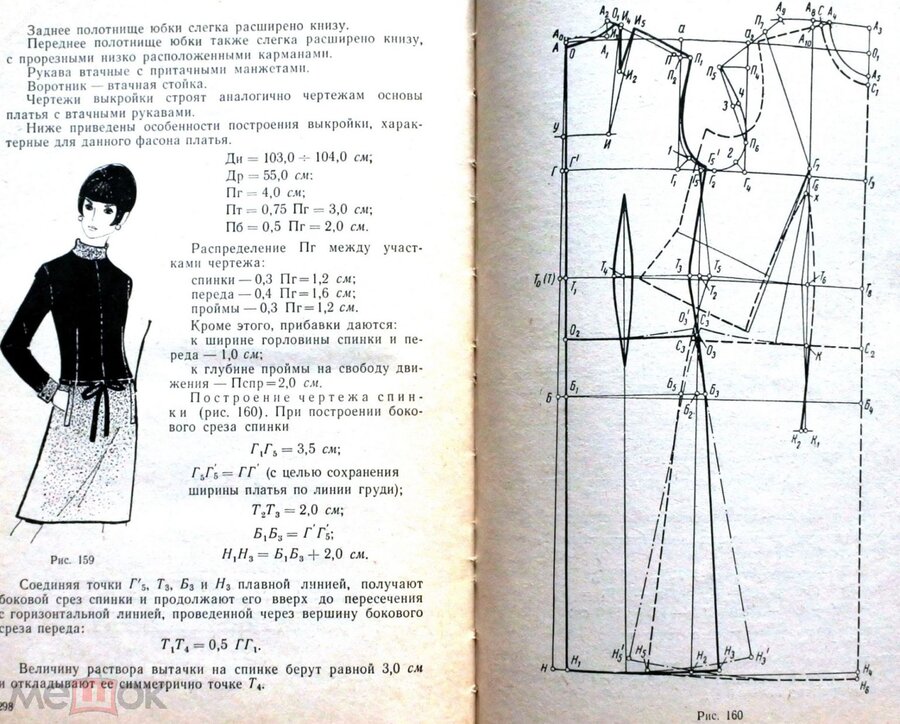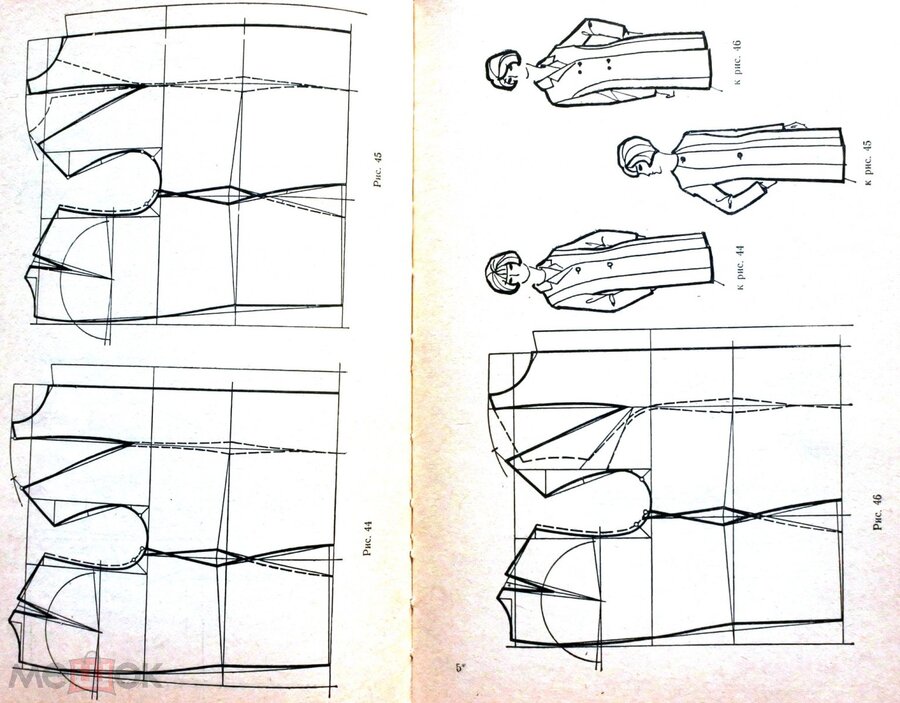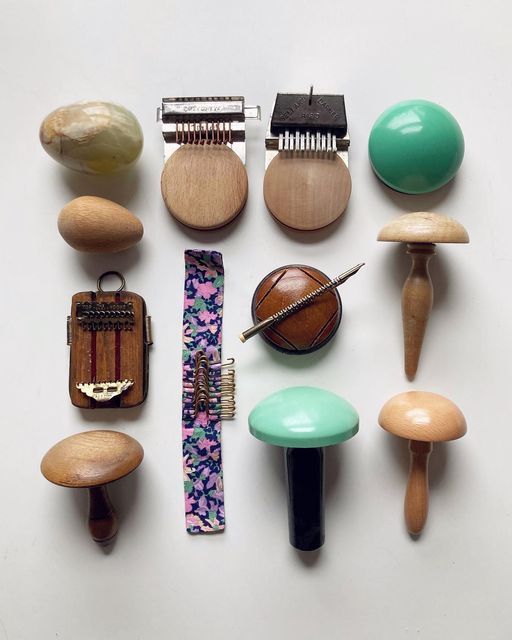
We can mend it!
Keynote paper at 2023 Dress and Body Association Conference 'Climate Change: Implications for Dress and the Body'.
I would have normally asked you to bring one clothing object with holes, tears, stains, or other kinds of damage which you would like to repair alongside the talk. This practice-based or led format is exactly how we have been organizing Mendit Research Lab sessions since its launch be it a museum workshop or a conference panel or a fun mending dating mend-together.
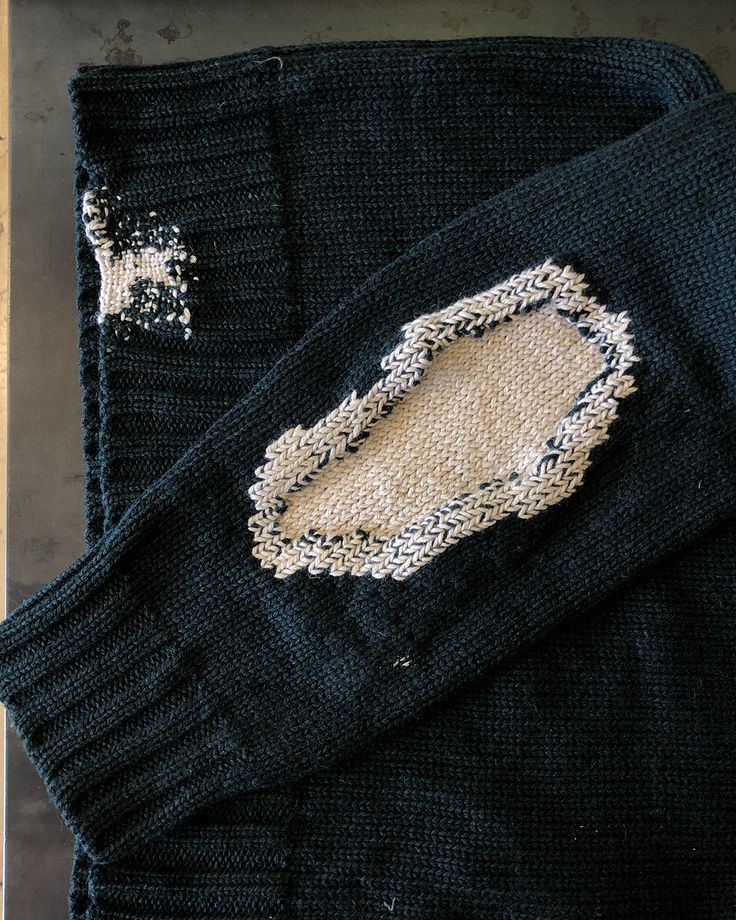
First I would like to contextualize mending practices within history, geography, look at repair from gender and age perspective and try to explain the reasons for the recent mending revival both on the sidewalk and the catwalk. Let’s start with some vocabulary check. What does the word mending mean?
According to Merriam Webster dictionary mend was originally used as a religious term, meaning to free a person from sin, usually through repentance and good deeds. Mend has come to refer to fixing something that is broken. A mechanic might mend a broken car, or a seamstress might mend a torn dress. The word also frequently relates to health and healing. Someone recovering from a long flu is said to be «on the mend.»
What can we mend? Practically anything. We can mend things, clothes, bodies, health, relationship, broken heart (?) Thus mending is a multidisciplinary concept which requires a variety of research tools and optics.
Mending revival which we have seen recently both in everyday clothing practices and on the catwalk with designers exploring all sorts of mending techniques from patching and embroidery to Japanese sashiko and boro and proudly exhibiting all sorts of visible mending (the process which in its turn can be linked to the growing fascination with all kinds of imperfection).
Anna Konig in her article A Stitch in Time: Changing Cultural Constructions of Craft and Mending notes that ‘hand- mended object also raises the rather more philosophical question of how to deal with imperfection. Industrial processes have all but eliminated the very concept of imperfection: we rarely accept ‘seconds’ in the world of mass-produced consumer goods. Mended commodities might therefore be seen as a thorn in the side of that contemporary tenet — they puncture illusory perfection and reveal both the labour of the mender and the patina of life’.
In the times when the world around is literally falling apart and there seems to be less and less things we feel in control about mending presents a meaningful form of work making us feel good about the process and the result and giving sense of achievement and control.
Richard Sennett writes: ‘The slowness of craft time serves as a source of satisfaction… Slow craft time also enables the work of reflection and imagination — which the push for quick results cannot.’ Richard Sennett, The Craftsman, 2008
Following Sennet I would like to draw your attention to the Temporalities of mending which challenge the concept of fashion emphasizing novelty and change offering a time paradigm which is focused on cyclicality and duration, conservation and care.
Care for clothes and as a result care for those who wear them. If we look at the very poses people take while mending (and doing most of the handwork) they remind us of those we take while cradling a baby or comforting someone who is in either physical or emotional pain.
Amy Meissner, Alaska-based artist and repairer: ‘With repair as purpose, it’s possible to address ethical elements and phases of care Tronto [Joan Tronto’s ethics of care in Moral Boundaries: A Political Argument for an Ethic of Care. — LA] outlines: attentiveness (caring about); responsibility (caring for); competence (care-giving); responsiveness (care-receiving); and communication and respect (caring with). These support an additional approach to repair … as accompaniment –– a caring through transition –– which recognizes an ongoing negotiation with materials and process, not as power struggle or need to overcome, but as a mutual arrangement of care’ (A. Meissner, Repair as Accompaniment: Applying an Ethic of Care to the Craft of Repair // Russian Fashion Theory: the Journal of Dress, Body & Culture. Issue 67. Spring 2023).
Mending offers a caring sensory experience whose primary sense is the touch (touching the object in a vulnerable state in need of the right care, touching the tools necessary for the task).
The thirst for the touch and growing longing for co-presence became increasingly evident in the pandemic with its distancing and forced transition to online, and led, among other things, to a thriving interest in handcraft practices (sewing, knitting, mending) which were to compensate for the lack of touch.
Traditionally mending and most of the other handcraft practices have been associated with elderly people particularly female. The image of an old woman bending over the family clothes she is repairing sitting silently in the corner has been nearly invisible until recently (it reminds of Agatha Christie’s character Miss Marple who knits silently and harmlessly all the time until she catches a murderer and unravels a criminal scheme. Even though it’s not the example of a repairer but it could be easily adapted to all kinds of handcrafts).
Mending is often seen as a gendered practice. While domestic (and amateur) mending is positioned as a female activity more specialized (and more visible) repair is mostly associated with male labour requiring special skills and education.
Here I would like to refer to the topic which still waits for its researchers: mending in male communities which has been traditionally overlooked in repair studies
On the photograph we see a Union soldier repair his uniform during the U.S. Civil War. At the same time the sewing kit soldiers used was called until quite recently a housewife. The old-fashioned term ‘housewife’ refers to a portable sewing kit, the term was used in print for the first time in 1749 and was in common use until very recently. The name comes from a time when it was common for mothers, wives and sweethearts in the 18th and 19th centuries to embroider these personalised sewing kits for their menfolk to take to war.
Mending is one of strategies within the sustainable paradigm.
Orsola de Castro, author of Loved Clothes Last and the co-founder of Fashion Revolution, states: ‘We aren’t repurposing and mending clothes because we can’t afford to buy something new — we are doing it because we can’t afford to throw something away’.
According to UK charity TRAID by extending the life of a garment by an extra 9 months reduces its environmental impact by 20-30%. 77% of those asked at their clothes repair workshop said that they would keep the item that they had mended for at least another 3 years with a third of people stating that they would keep the item for more than 10 years.
Rachel, one of the mending communities participant «people who sew their own clothes have their own labels. We can say ‘this is made by me’, the exact opposite of the mass manufactured industry» (quoted in https://www.theguardian.com/lifeandstyle/2014/may/19/the-rise-of-mending-how-britain-learned-to-repair-clothes-again
Mending is time/ and very often money investment so we tend to mend the things we love.
Celia Pym, London-based textile designer, noticed ‘that people who come to her mending workshops bring their favorite pieces, the ones they love to tell stories about. Mending is just adding a new layer of storytelling to the piece, like layers of sediment that accumulate on a rock face’ (quoted on www.vogue.com/article/visible-mending).
‘It is not that good things cause pleasure, but that the experience of pleasure is how some things become good for us over time’ (Sara Ahmed, The Promise of Happiness, 2010)
Mending has a colossal potential as community building tool and it can take different forms and shapes creating fascinating combinations such as repair cafes. ‘Repair Cafés’ originated in the Netherlands where they were established to bring together people who have mending skills with those who wish to learn them (Sharpe 2012). These Dutch groups tackle all forms of mending, including clothing and electrical goods, and appear to aim for a balanced gender mix. Later the format was exported to other European countries including France and the UK and the US.
Mending social potential can be explained by the therapeutical effect of the collective gesture when people get together as a community of repairers sharing skills and sharing stories, comforting and supporting each other as if while saying you can mend the torn sock, go ahead they say you can handle this problem, you will overcome.
While mending or performing any other handwork practices we do not normally look at each other fully concentrating on our work (no looking but listening and talking creates a special inclusive atmosphere and a safe space where participants do not feel on display, been examined, been judged).
Mending: visible vs invisible.
Tom van Deijnen runs the Visible Mending programme in Brighton and has a mission to show that repairs to clothes can in themselves be beautiful. «Wear your darn like a badge of honour, ” he says. When he takes on a commission he asks, „Why would you like me to repair this? What makes you want to keep it?“ „I started repairing because I realised there is a lot of work and skill involved in making clothes. It takes a long time. I began to appreciate the skill and effort all these anonymous people put in to making clothes for the high street. If you want to make people understand why £4 for a T-shirt is not the right price, get them to make an item of clothing. We should respect them for making these clothes for us, especially at the prices we pay.“
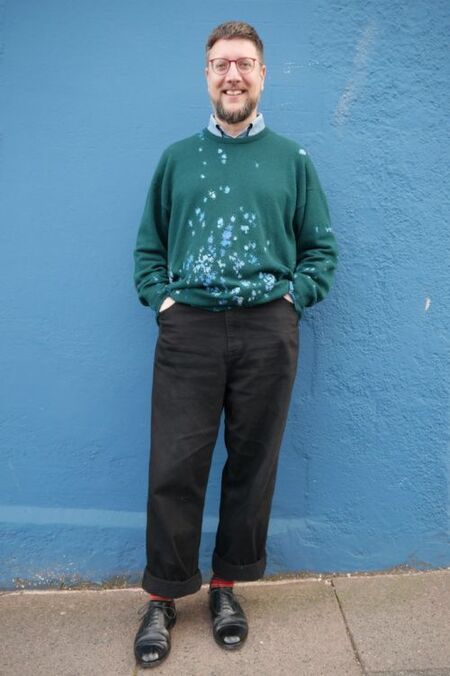
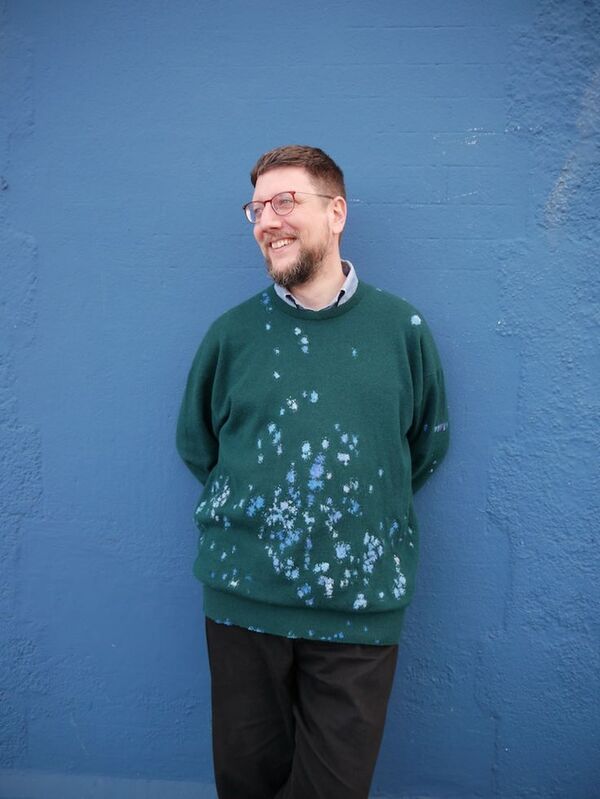
Mending is often seen through the lens of activism
‘FEMINISTISCHE HANDWERK PARTIJ’ is a political feminist artist movement in the Netherlands that is dedicated to studying, repairing, speaking, patching up, unlearning and mending The FHP organizes performative actions and workshops with which it investigates the underexposed history of textile production within the daily reality of women and wants to achieve a higher appreciation of care, maintenance and repair. The FHP is an initiative of Emmeline de Mooij and Margreet Sweerts.
Local contexts of clothes repair.
In his Moscow diary (1926-27) Walter Benjamin wrote: ‘This amazing experimental state — it is called «repair» — is not limited to Moscow, it is a Russian trait. This dominant passion contains as much naive desire for good as boundless curiosity and desperate prowess. It is unlikely that anything defines Russia today even more strongly’. Apparently it could define the country until the end of the USSR in 1991 (and some time after to compensate for the lack of goods).
Mendit Research Lab case.
Founded in Moscow in August 2021 Mendit Research Lab is a practice-led female research collective associated with the Doctoral School of Arts & Design HSE Moscow that brings together 10 participants who are close in research and creative spirit united by their interest in clothing cultures, sustainable practices, textile activism and co-creative strategies. We look at mending through the optics of interdisciplinarity and invite researchers and practitioners from a variety of fields to join our conversation about the potential of mending as a practice-based paradigm.
The Lab operates in a variety of formats ranging from traditional academic forms such as seminars and discussion groups to practice-based workshops working both within and outside academia. We look at repair as an act of care and attachment, as form of resistance and problem-solving, as a therapeutical and creative gesture, as form of sharing and coping with crisis. The Lab has held dozens of workshops whose aim was to introduce people to mending, its various forms and contexts (visible/invisible, patching, stitching, embroidering, darning, remaking and repurposing etc.) as well as work with communities building a safe co-creative space.
Mendit Research Lab Manifesto We are a research laboratory, a community, a movement. Mending is more than renovation, and goes much beyond poverty and scarcity. Mending is a manifestation of care and a powerful therapy. Care about things, about yourself and about others. Mending is love. Of course, repair is often a necessary measure, but these days it is more of a conscious choice when we decide to repair what is especially dear to us and what we value. Mending is awareness. Instead of buying new things, you can try to save and support what you already have and what serves you faithfully. Mending is about sense of satisfaction and pleasure. I did it myself with my own hands, I may not be able to save the world, but I can definitely patch a hole!Mending is about creativity, co-creation and communication. Mending is about resisting decay. Sewing up holes, darning and patching, we always patch up much more than just damaged clothes.
Even though we can’t change the world we can try to mend it!
